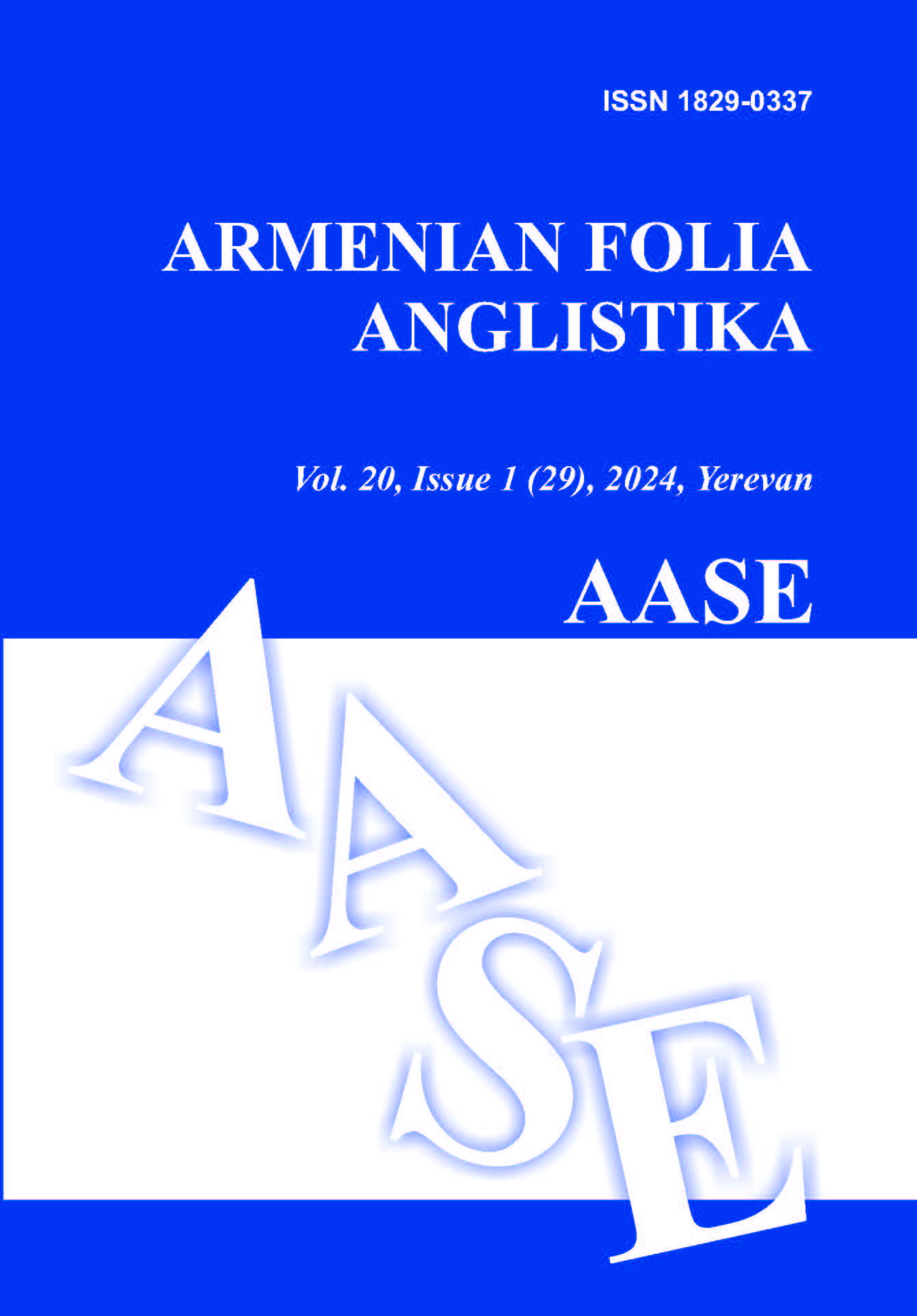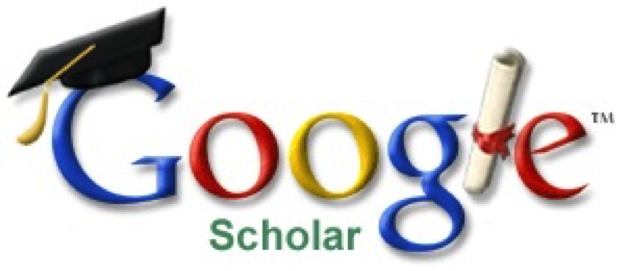GENDER STEREOTYPES IN SPORTS DISCOURSE
DOI:
https://doi.org/10.46991/AFA/2024.20.1.38Keywords:
gender stereotypes, sports discourse, masculinity, femininityAbstract
The article is devoted to the study of gender stereotypes in sports discourse. Despite the fact that institutional analysisas already penetrated gender studies, there are very few studies devoted to such a truly ”masculine” activity as professional sports. This determines the relevance of the topic of this work. Sport as a social institution is an ideal opportunity to study male and female stereotypes. Gender stereotypes permeate every aspect of human personality and appearance, and dictate how men and women should act, think and behave. Gender embodies a pattern of relations that evolves over time to define masculinity and femininity, structuring and regulating people’s relation to society. Gender stereotypes are especially clearly visible in professional sports. Professional sports s seen as an activity in which the differences between males and females are manifested, as well as the dominance of the former over the latter. The study was conducted on the material of sports press in the period from 2018–2023.
Downloads
References
Azhgikhina, N. (2001). Gendernyye stereotipy v sovremennykh mass – media [Gender Stereotypes in modern mass media]. Moscow: Eslan (in Russian)
Gapova, Ye.I. (2000). Antologiya gendernykh issledovaniy [Anthology of Gender Studies]. Minsk: Propilei (in Russian)
Dudareva, A. (2003). Reklamnyy obraz. Muzhchina i zhenshchina. [Advertising image: man and oman]. Moscow: Nauka (in Russian)
Cameron, D. (1996) The language-gender interface: resisting co-optation, in V. Bergvall, J. Bing and A. Freed (eds) Rethinking Language and Gender Research. London: Longman, pp. 31–53.
Eckes, T. (1994). Features of men. features of omen: assessing stereotypic beliefs about gender subtypes. British Journal of Social Psychology. 33, 107-123.
Hoffman, C., & Hurst, N.C. (1990). Gender stereotypes : perception or rationalization? Journal of Personality and Social Psychology, 58, 197-208.
Holowchak, M.A. (2002). Philosophy of sport. Critical readings, crucial issues. New Jersey: Pearson Education, 56 -60.
Knyazyan, A. T. (2015). Gendernyye asimmetrii i stereotipy v yumoristicheskom diskurse. [Gender asymmetry and stereotypes in humorous discourse]. Saarbrücken, Deutschland: Palmarium Academic Publishing OmniScriptum GmbH&Co.KG (in Russian)
Knyazyan, A․ (2018). Lezu yev gender [Language and gender]. Yerevan: YePH Hratarakch’ut’yun (in Armenian)
O'Hara, S.E. (2012). Monsters, playboys, virgins and whores: Rape myths in the news media’s coverage of sexual violence. Language and Literature, 21, 247 - 259.
Tajfel, H., & Turner, J. (1986). The social identity theory of intergroup behavior. In S. Worchel, & W. Austin (Eds.), Psychology of Intergroup Relations (pp. 7-24). Chicago, IL: Nelson-Hall.
Downloads
Published
How to Cite
Issue
Section
License
Copyright (c) 2024 Author(s)

This work is licensed under a Creative Commons Attribution-NonCommercial 4.0 International License.














